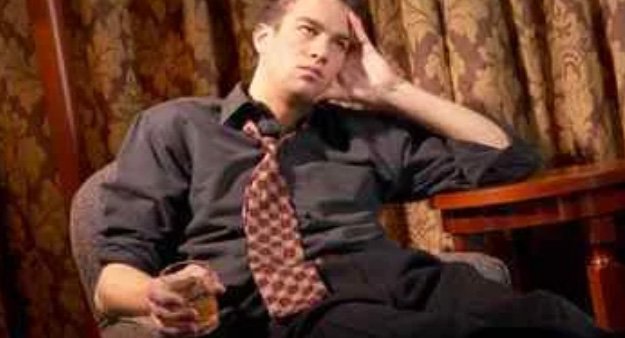ATTENTION DEFICIT HYPERACTIVITY DISORDER


Attention Deficit Hyperactivity Disorder (ADHD) is a neurodevelopmental condition that affects a person’s ability to focus, control impulses, and regulate activity levels. It commonly emerges in childhood but can persist into adolescence and adulthood, impacting academic, occupational, and social functioning. For best results, a multidisciplinary therapeutic strategy and early diagnosis are crucial.
Psychowellness Center, a renowned mental health care provider in West Delhi, adopts a holistic and evidence-based treatment model for ADHD. The center’s experienced professionals provide comprehensive support, including the integration of Occupational Therapy (OT), to address the unique challenges faced by individuals with ADHD.
Occupational Therapy plays a crucial role in enhancing daily functioning, attention span, organizational skills, and emotional self-regulation. At Psychowellness Center, the approach goes beyond symptom control, focusing on building independence, confidence, and meaningful participation in daily life. With tailored interventions and empathetic care, individuals with ADHD can thrive across all domains of life.


ADHD is typically categorized into three types based on symptom presentation: inattentive, hyperactive-impulsive, and combined.
Inattentive Symptoms
Hyperactive-Impulsive Symptoms


Biological Factors
Genetic Factors
Environmental Factors

Clinical Interview and History Taking
Diagnostic Criteria (DSM-5-TR)
Psychological Assessments and Tools
Medical Tests
Hearing and vision screenings, if necessary

ADHD is manageable with a combination of therapy, medication, behavior strategies, and lifestyle modifications. Occupational Therapy, in particular, provides practical support in daily life activities and self-regulation.
How OT Helps:
Occupational Therapy targets functional skills and executive functioning deficits associated with ADHD.
Goals of OT:

Sensory Integration Therapy